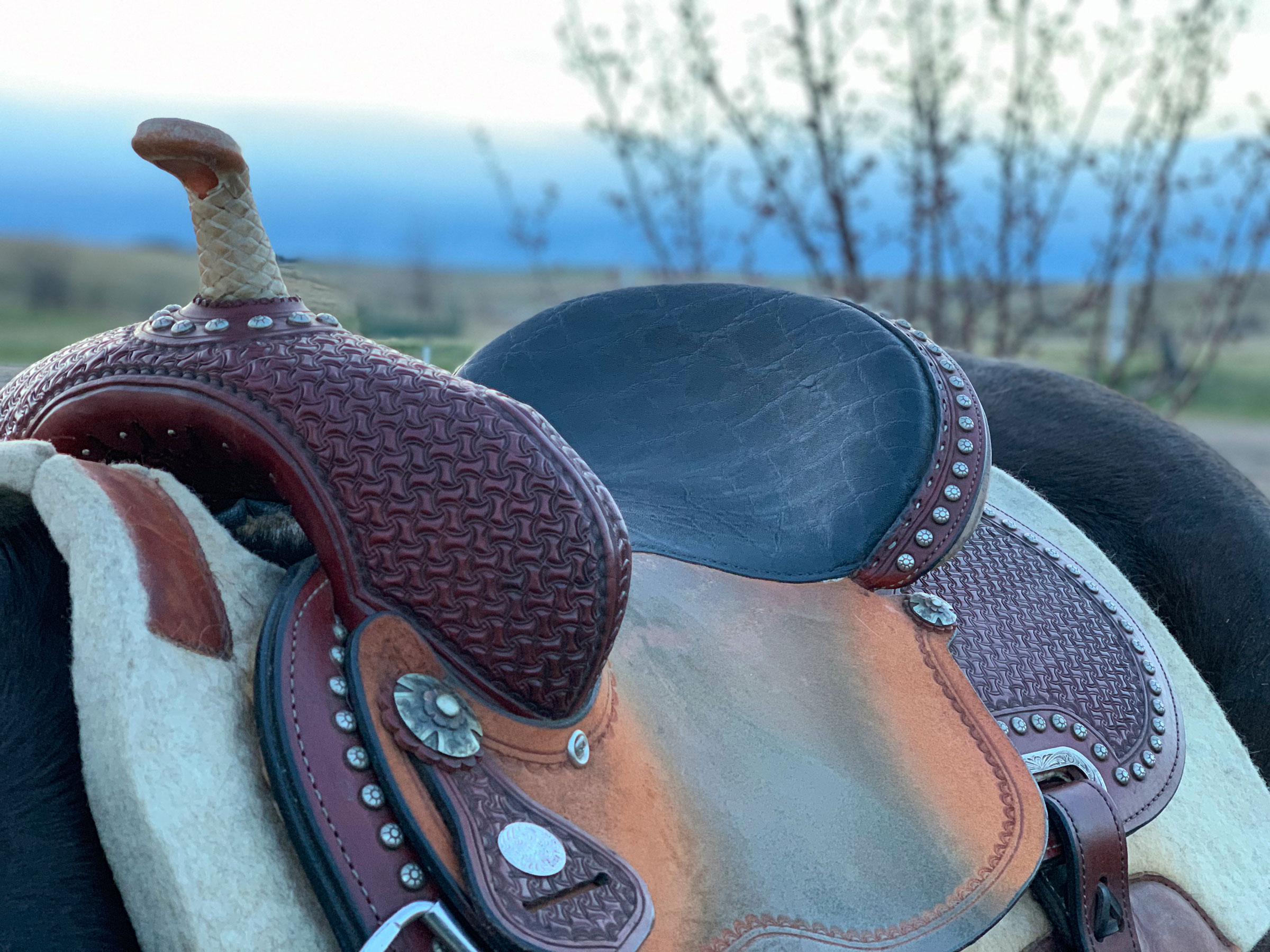
A lesson program can’t function without quality saddle pads. A pad is designed to absorb and distribute pressure across the horse’s back. Pads should also wick moisture away from a horse’s back to help cool him during exercise and to prevent excessive heat buildup, which isn’t good for his muscles or coat.
Lesson horses especially need good-quality pads since they often work multiple times a day and carry riders of varying abilities and sizes. It’s easy to spend upwards of $200 on a single saddle pad, often a price that’s not sustainable with a barn full of horses. With these tips, you can find pads that protect your horse’s back and won’t bust your budget.
Corinne Severance teaches both English and Western lessons at her family’s Meadow Hill Farm in Melrose, New York. For her western horses, she prefers pads that are thick, but flexible. Round-backed horses or those with big withers might need a thinner pad to properly fit under the saddle. Fleece, synthetic fleece, felt, neoprene and other synthetic materials are used to line the underside. Choose one that best fits the length and intensity of your horse’s workload.
“We have a few medium-sized ponies, so we also have to keep the length in mind so the pad doesn’t interfere with the horse’s movement,” she said.
On the English side of Severance’s program, she looks for pads with the sewn-on strap to put the girth through. For new riders this gives them a visual guide on where the girth is placed and helps keep the pads in place. Shaped fleece pads and square quilted pads with a thin layer of foam on the interior are popular choices.
Durability is also important. She regularly cleans the stable’s saddle pads to prevent the causing or spreading skin conditions. She needs a product that holds up to frequent washing.
“The pads need to wash well and maintain their size when dried,” she said. “I try to have a more pads than saddles so there are extras. That way if one is wet, we can set it aside to dry or be washed.”


